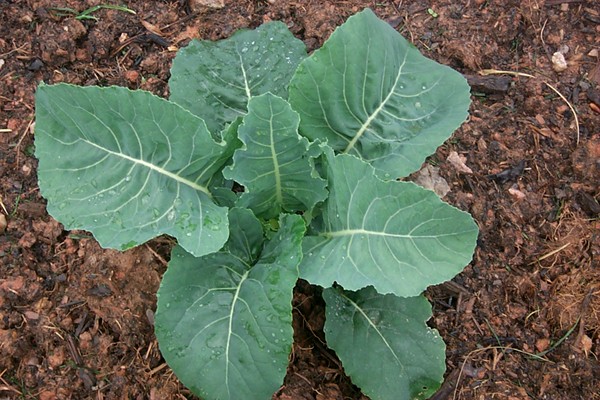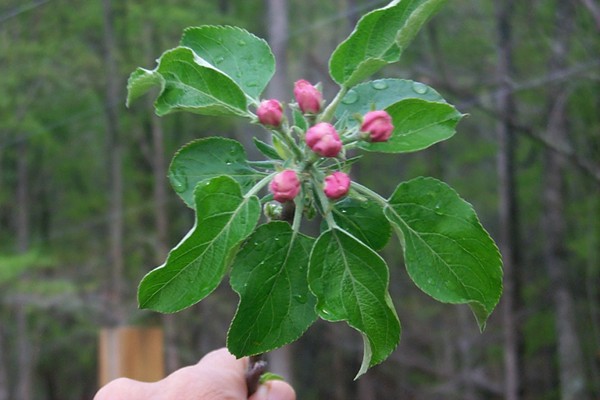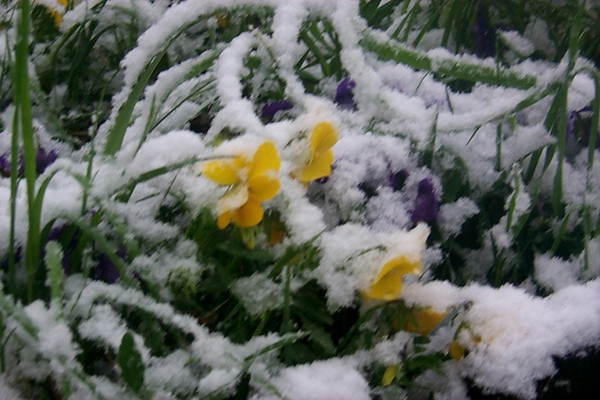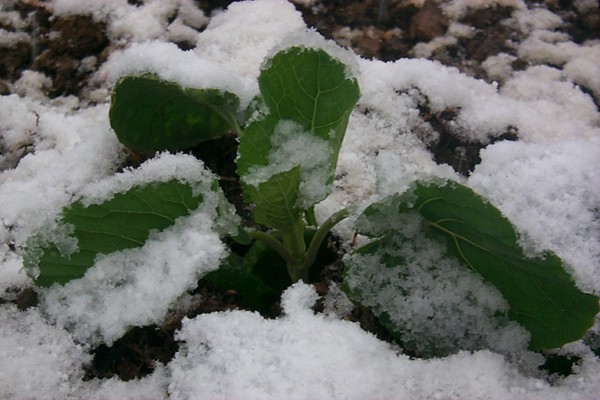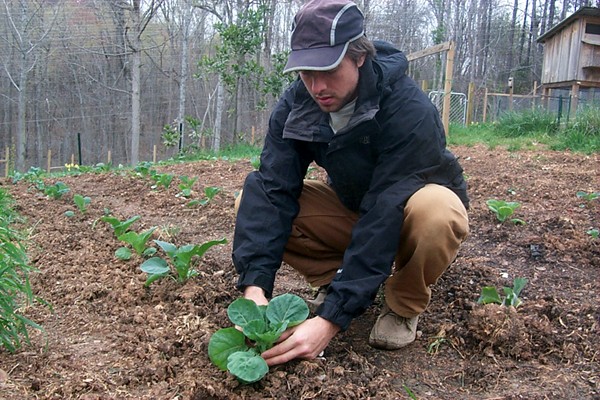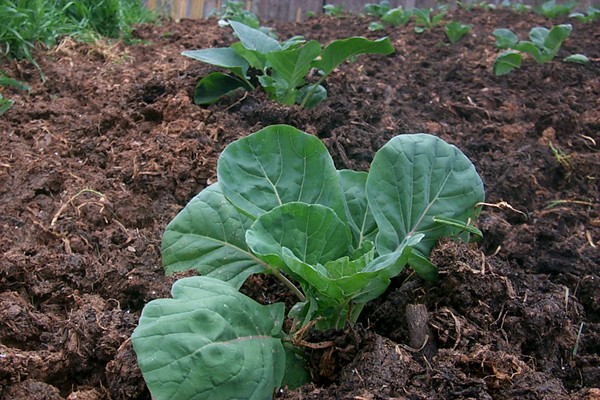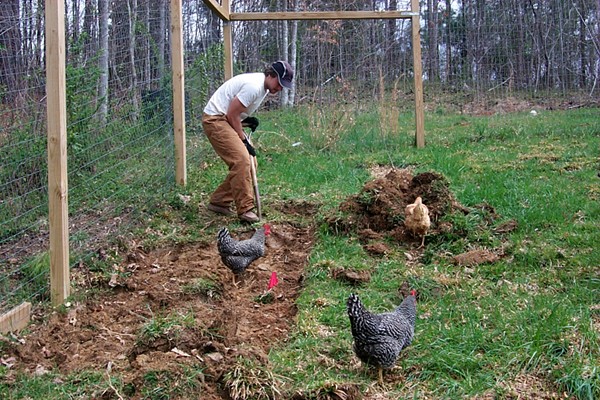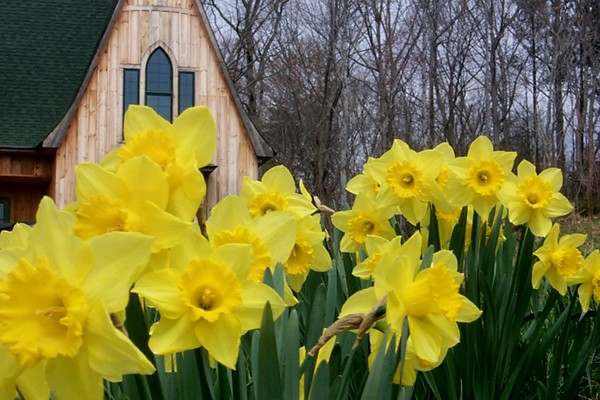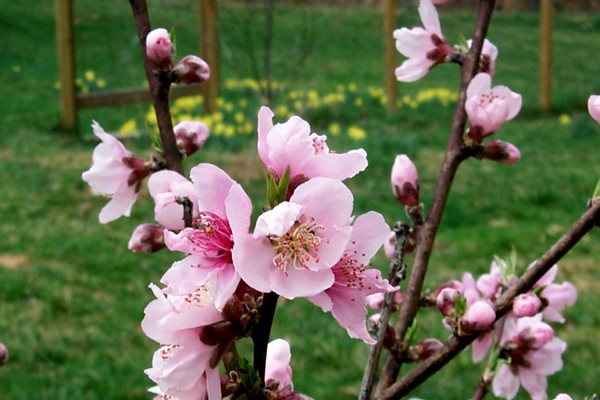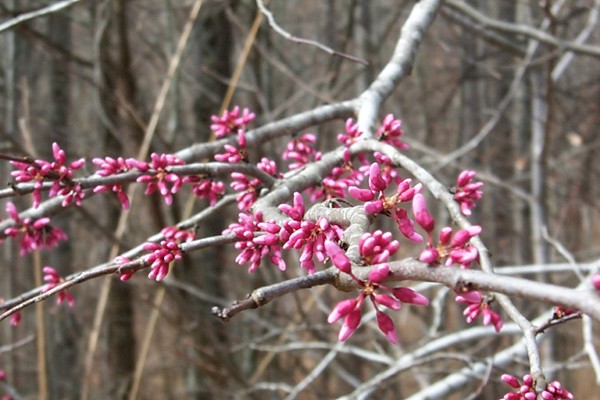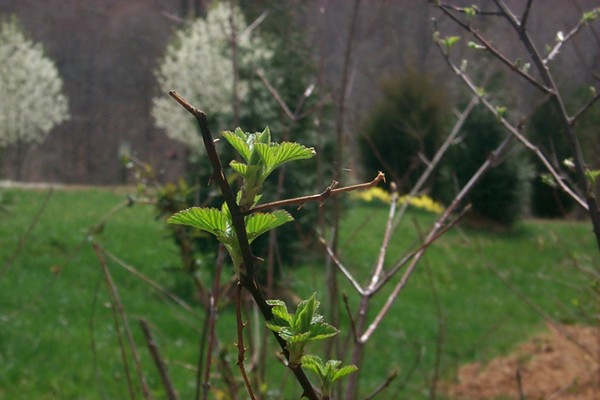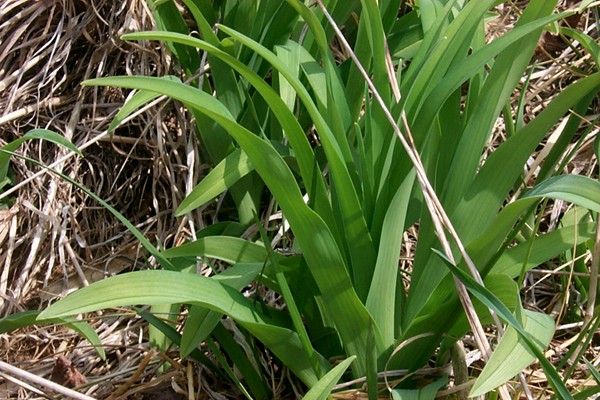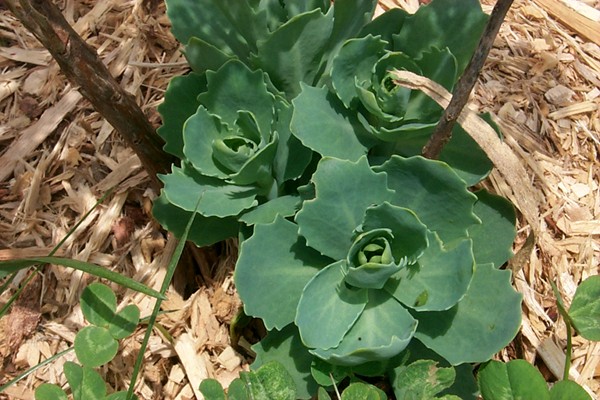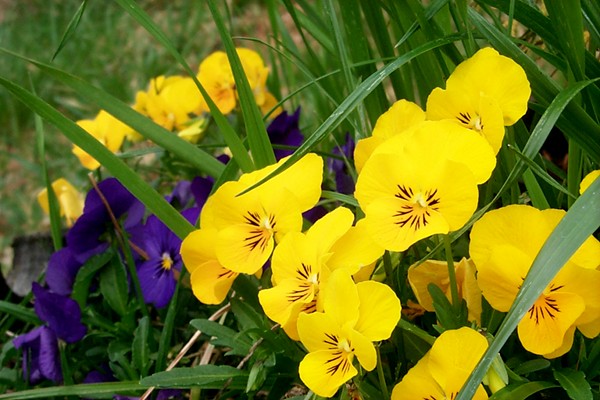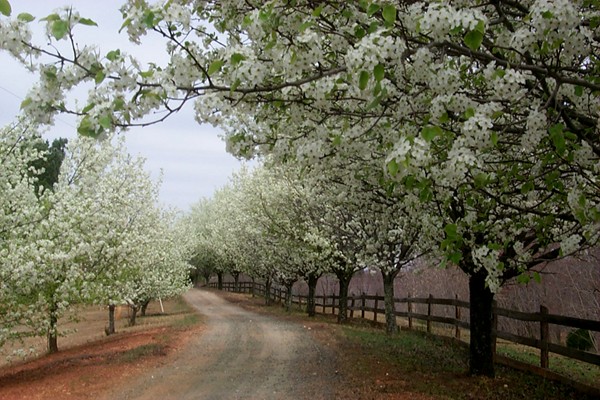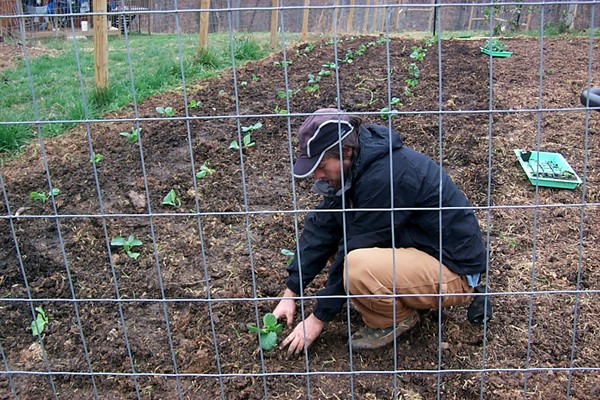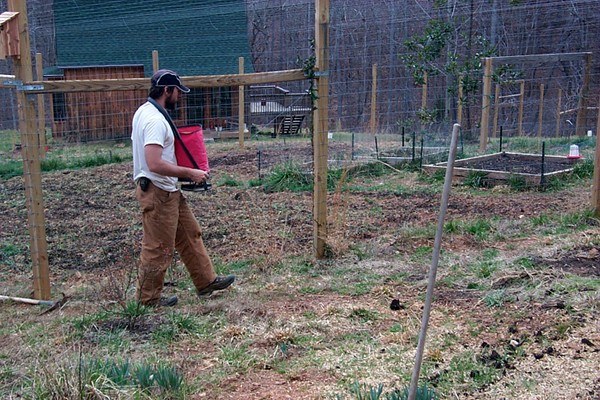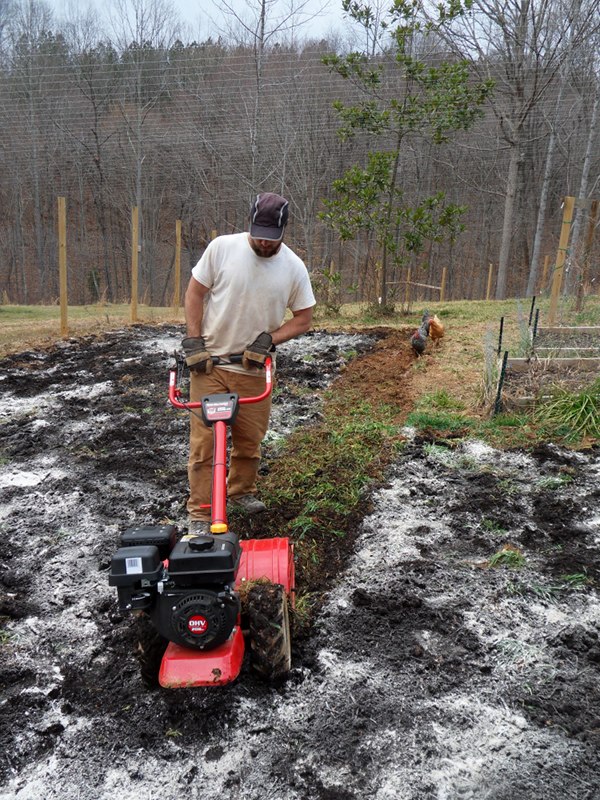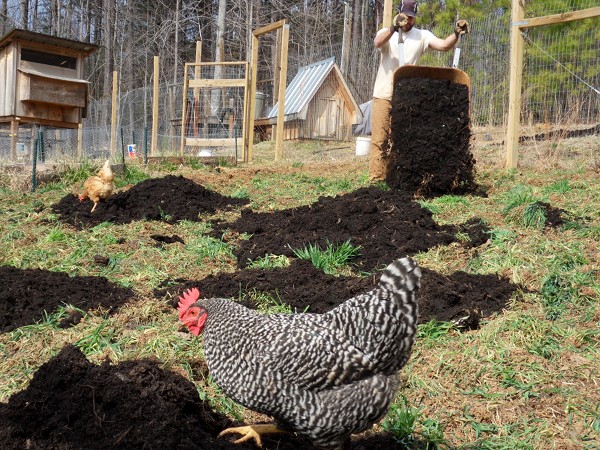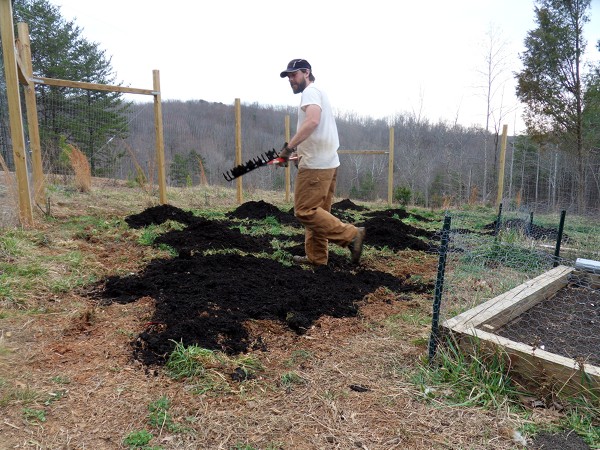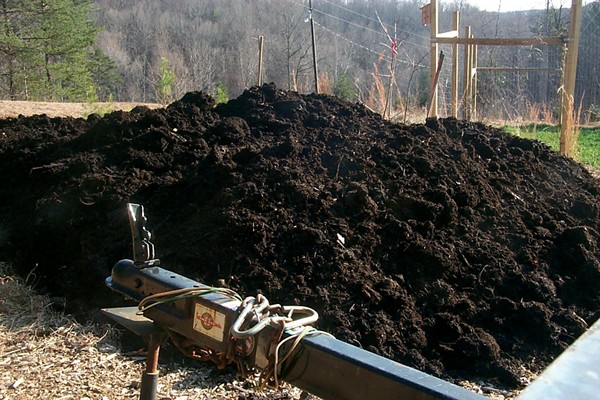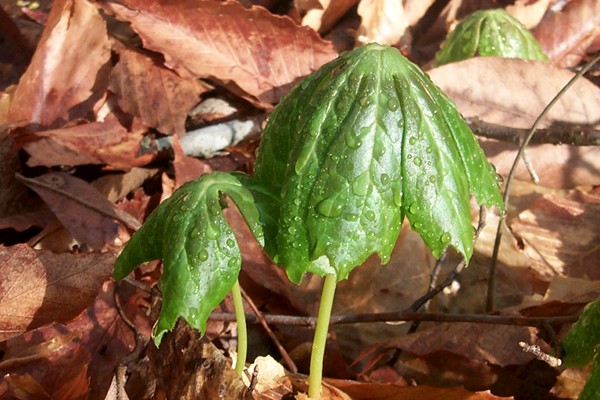
Yesterday, while looking for a place down by the woodland stream to plant pawpaw trees, Ken and I came across two big stands of may apple. Though may apple is not exactly rare in the Appalachians and foothills, it’s an honor to have so much may apple growing down below the abbey, and it speaks well of the quality of the woodland soil. Though may apple also is called mandrake, I don’t believe it’s a member of the mandrake family that is so important in myth and witchcraft.
There are two separate stands of may apple, totaling 3,000 to 4,000 square feet. The leaves are still immature. I’ll make more photographs as the season progresses. The may apple should have blooms later in the spring, and it should bear fruit during the summer.
Every spring, I am amazed at the variety of habitat and micro-climates around the abbey. I have only five acres, but into those five acres are packed a sunny acre with house, garden, orchard, and chicken lot. I have quite a lot of grass (some of the yard will soon be converted to wildflower patches). There is almost a thousand feet of woodland boundary, facing south. This is where the rabbit patches, the fox den, and the groundhog holes are located. Lots of things love to live at the edge of the woods, especially with a view to the south. The land falls off steeply below the abbey, and a little stream winds through four acres of woodland, which I have not and will not disturb (except to plant pawpaws, which are native to this area). On the lower end of the property, the little stream merges with another little stream in a moist bottom that loves to grow mushrooms. This is where we’ve put the shiitake mushroom logs.
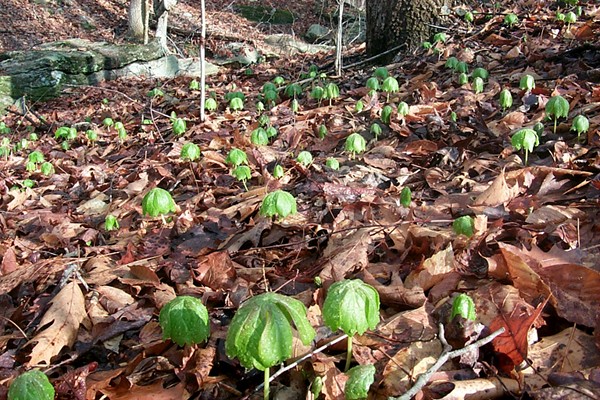
A stand of may apple. This is only a small part of the may apple area beside the little stream.
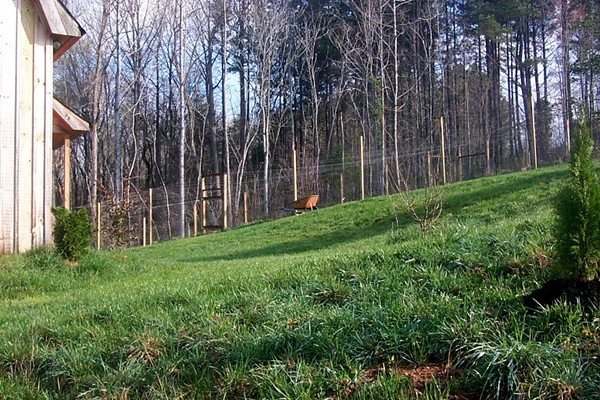
The grass is green at the abbey and getting greener.
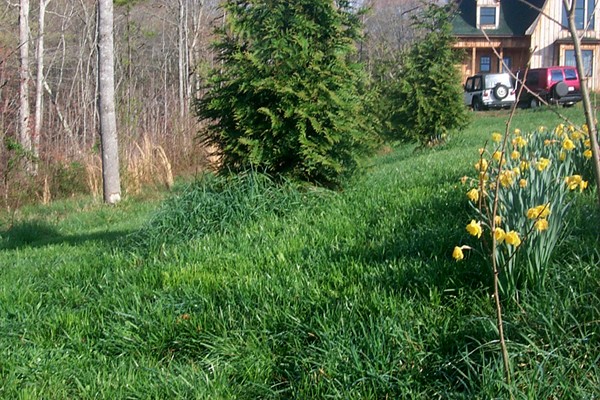
The daffodils are fading.

Snow peas in a raised bed
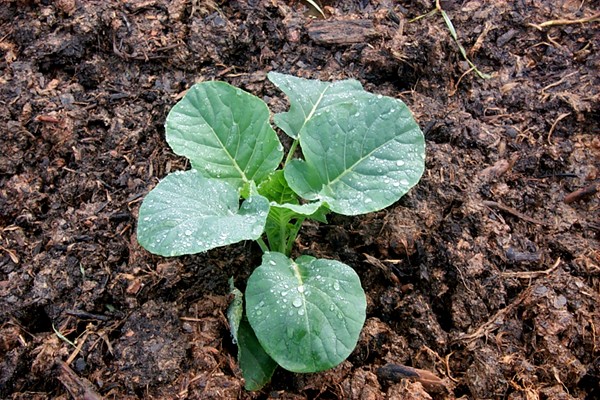
I’m awfully proud of the cabbage and can’t stop photographing it.
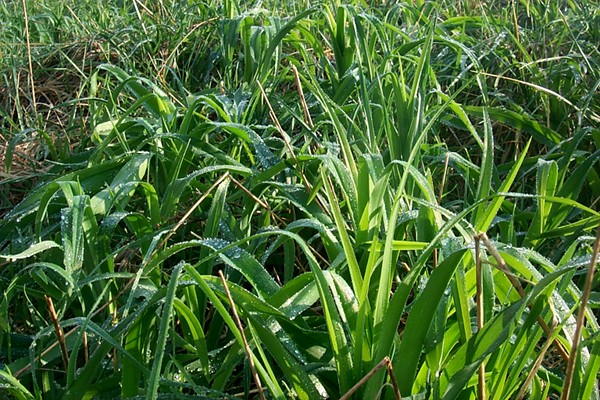
Young day lilies. They’ll bloom prodigiously in May.
